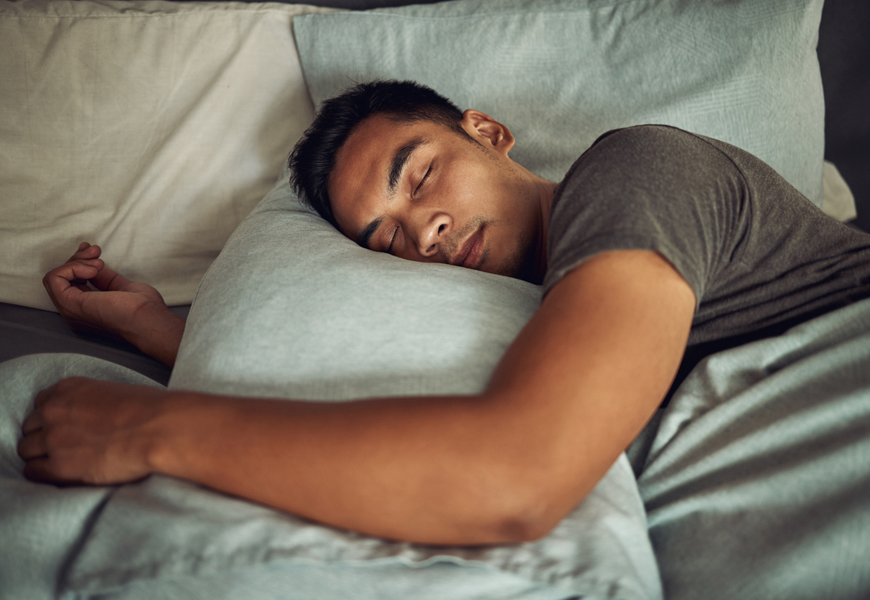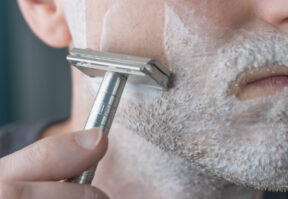By Christian Dare
Daylight savings time is one of the first signs of impeding spring. Each year, certain parts of the world, move their clocks forward one hour to mark the changing of the season. In previous generations, this was done to help with harvesting of fields and to maximize daylight hours for working. It was seen efficient and a ‘good idea’. Recent studies suggest that perhaps this time shift does more damage to internal clocks than we previously realized. Many of us spend the first few weeks after Daylight Savings Time feeling sluggish and tired. Perhaps, it’s not simply the time change, but also our bedtime routine, that is affecting our sleep. So if you are looking for a better sleep (which helps maintain better health, a consistent weight and helps with aging), we have our top 3 tips on how to improve your sleep.
1. Establish a consistent sleep schedule
Every expert recommends that establishing a consistent sleep schedule is the key to a great sleep routine. This means you should avoiding going out late on weekends and sleeping in past noon. It may take a few weeks to work a consistent sleep schedule into your routine but once done, it will become natural. It’s really that easy: go to bed and wake up at the same time every day, even on weekends. Doing so will help to regulate your body’s natural sleep-wake cycle (circadian rhythm). And always aim for 7-8 hours of sleep per night. Even if you think you can get away with less, the 7-8 hours really will help your body in noticeable ways.
2. Create a relaxing bedtime routine
One of the keys to establishing a consistent sleep schedule is creating a relaxing bedtime routine. Simply put, engaging in calming activities before bed, such as reading, taking a warm bath, or listening to soothing music will prepare your mind for rest. This means you should avoid screen time (phones, tablets, computers) for at least 30-60 minutes before bed, as the blue light emitted can interfere with melatonin production. Further, doom scrolling overstimulates your brain and makes it harder to relax. If you want to take it one step further, you can practice relaxation techniques: like deep breathing, meditation, or yoga before bed. This is a great way to set yourself up for a successful night’s rest.
3. Optimize your sleep environment:
No matter how well you prepare your mind and body for the night, if your bedroom isn’t set up correctly, it will be harder for you to fall asleep. But not to worry, it’s easy to optimize your environment.
- First, ensure your mattress is comfortable and supportive. Are you waking up with pain or tossing and turning in bed? This might be a sign that it’s not the optimal mattress for you. If you cannot afford to replace your mattress, consider a mattress topper to add comfort or support. Further, how old is your mattress? Experts say that you should replace your mattress every 6 to 8 years to maintain good sleep quality and hygiene. (You can find some of our favourite mattresses here).
- Second, make you sure that you are using the proper pillow for your sleep style. Did you know there are different pillow styles and designs depending on how you sleep? Whether you are a side sleeper, back sleep or a stomach sleeper makes a difference in your pillow choice. Not sure how to figure it out? IKEA has recently developed an entire new line of pillows designed specifically for the type of sleeper. Their collection of sleep pillows are made with a variety of materials, offering different levels of support no matter how you sleep. You can find your perfect pillow here. And remember, you should replace your pillow every 2 years.
- Third, ensure your bedroom is dark, quiet, and cool. I know many of us have learned to fall asleep with some light pollution but investing in some great blackout / room darkening curtains or blinds really does help. Hot tip: most curtains will list the percentage of light they filter out. If black out curtains aren’t in your budget, add an eye mask to your sleep attire. This will create the same dark environment for optimal rest. And always ensure your bedroom temperature is set to the ideal temperature (ideally around 65°F or 18°C). Finally, consider using earplugs if you prefer a silent sleep environment. Or consider investing in a sound machine to lull yourself to sleep.
- Fourth, why not try a ‘newer’ sleep aid idea like mouth taping.












